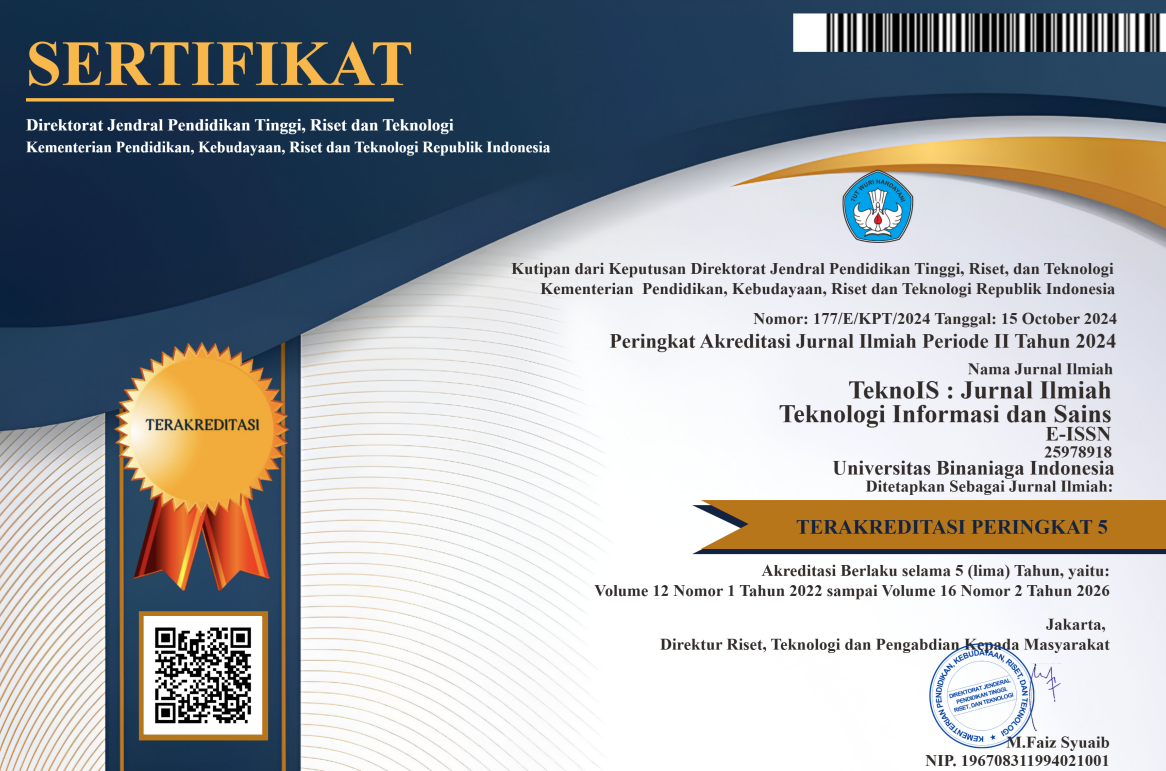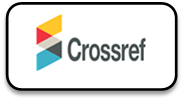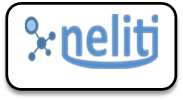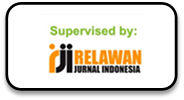TeknoIS Journal has been accredited with SINTA 5 based on the decree of the Kementerian Pendidikan, Kebudayaan, Riset dan Teknologi of the Republic of Indonesia Number 177/E/KPT/2024
Reviewer Guidelines
To improve the quality of journal publications, we cordially invite experts to be the reviewer of TeknoIS: Jurnal Ilmiah Teknologi Informasi dan Sains. Your support and contribution would be valuable and constructive to our publication in ensuring the manuscripts published are of quality and high standard.
Qualifications:
-
The potential reviewers must hold a Master or Doctoral degree
-
The research field must conform to Computer Science
-
Have good experience as a reviewer in a scientific journal
-
Have published article(s) in National or internationally reputable journals and been cited
In reviewing the manuscript, the reviewer should pay attention to the following:
Presentation
Does the manuscript present a cohesive argument? Are the ideas clearly presented?
Writing
Does the title reflect the manuscript? Is the writing concise and easy to follow?
Length
Which part(s) of the manuscript should be elaborated/ removed /shortened /summarized/ merged?
Title
Does the title reflect the content of the manuscript in a concise, clear, and attractive way?
Abstract
Does the abstract satisfy the five elements of research background, objective, method, findings, and contributions/implications?
Introduction
The introduction should briefly provide:
-
The background of the study should indicate a research gap to be fulfilled/ addressed
-
The literature review should provide the relevant theories to the research, and should guide and support understanding to answer the research question/s
-
The originality of the work should be described
-
The objective of the study should be presented in a narrative with effective sentences.
-
The hypothesis development (if using a quantitative method) should be based on theoretical review and is expressed in a one-tailed direction (if it is possible).
-
It presents the findings of the study as a synthesis of the results of the data analysis and the discussions; highlight new findings that contribute to the development of science and mathematics education.
Method
-
The method should thoroughly cover all procedures (Not only describing the definition of terms but also how to conduct the research).
-
The study variables, the research subjects, the research instruments (their names, item numbers, and reliability coefficients) should be identified.
-
The data analysis techniques employed should be elaborated.
-
Sufficient information to provide recommendations or guidelines for further research is suggested to ease other researchers in replicating the research with the same result.
Result
This section describes the outcome of the study. Use tables and figures if needed. The data presented should be processed (not raw data) and is presented in the form of a table or figure with a supportive description. Table, chart, or figure should explain the analyses. The results should be able to answer the research question and/or hypotheses.
Discussion
-
The author describes the results of the study and provides an analysis on how they are related to previous or current literature? The author should give substantial meaning to the results of the analysis and compare them with findings of the relevant literature.
-
The author describes the implications of the research.
-
The authors should address the strengths and limitations of their study. This section should not be a repetition of the results section.
Conclusion
-
This section presents the main conclusions of the study.
-
The conclusion should be presented in effective sentences based on the results and discussions in the form of paragraphs (not in bullet or numbering);
-
It presents the findings of the study as a synthesis of the results of the data analysis and the discussions; highlight new findings that contribute to the development of science and mathematics education.








